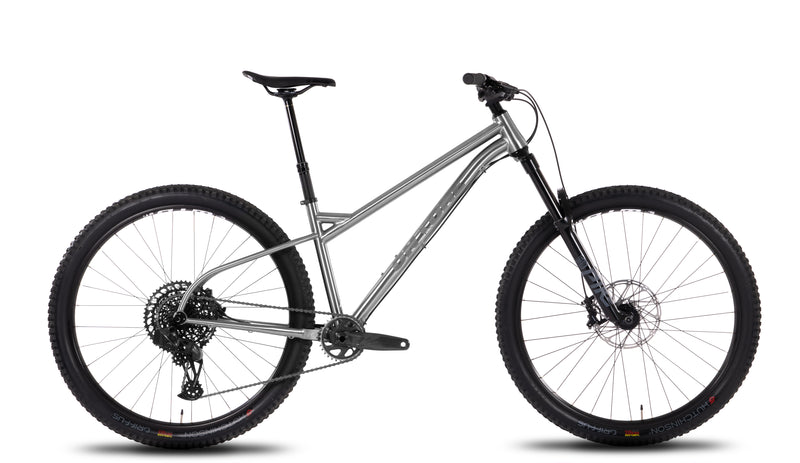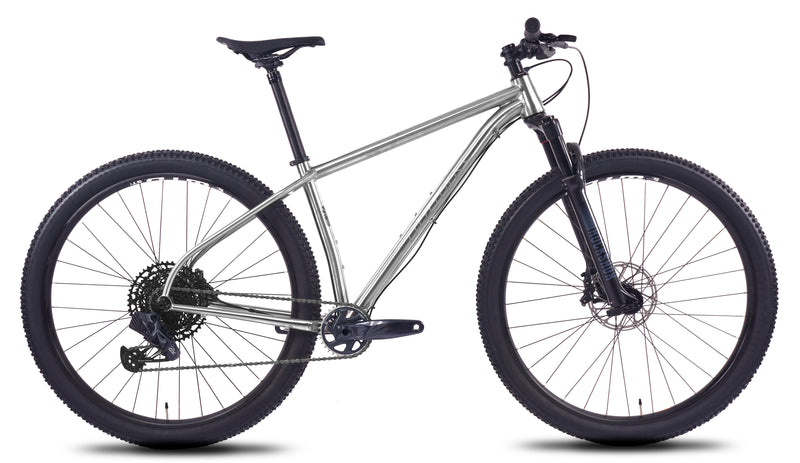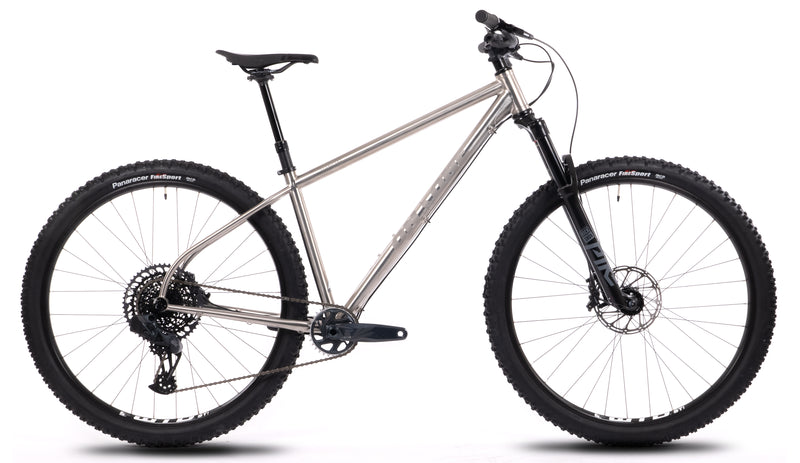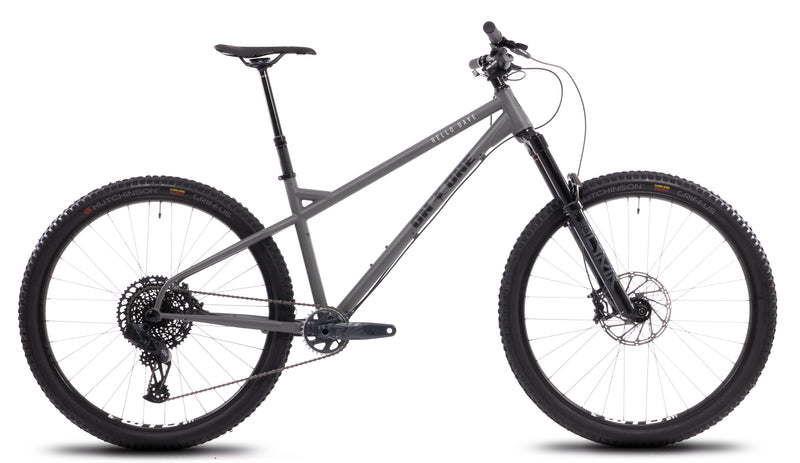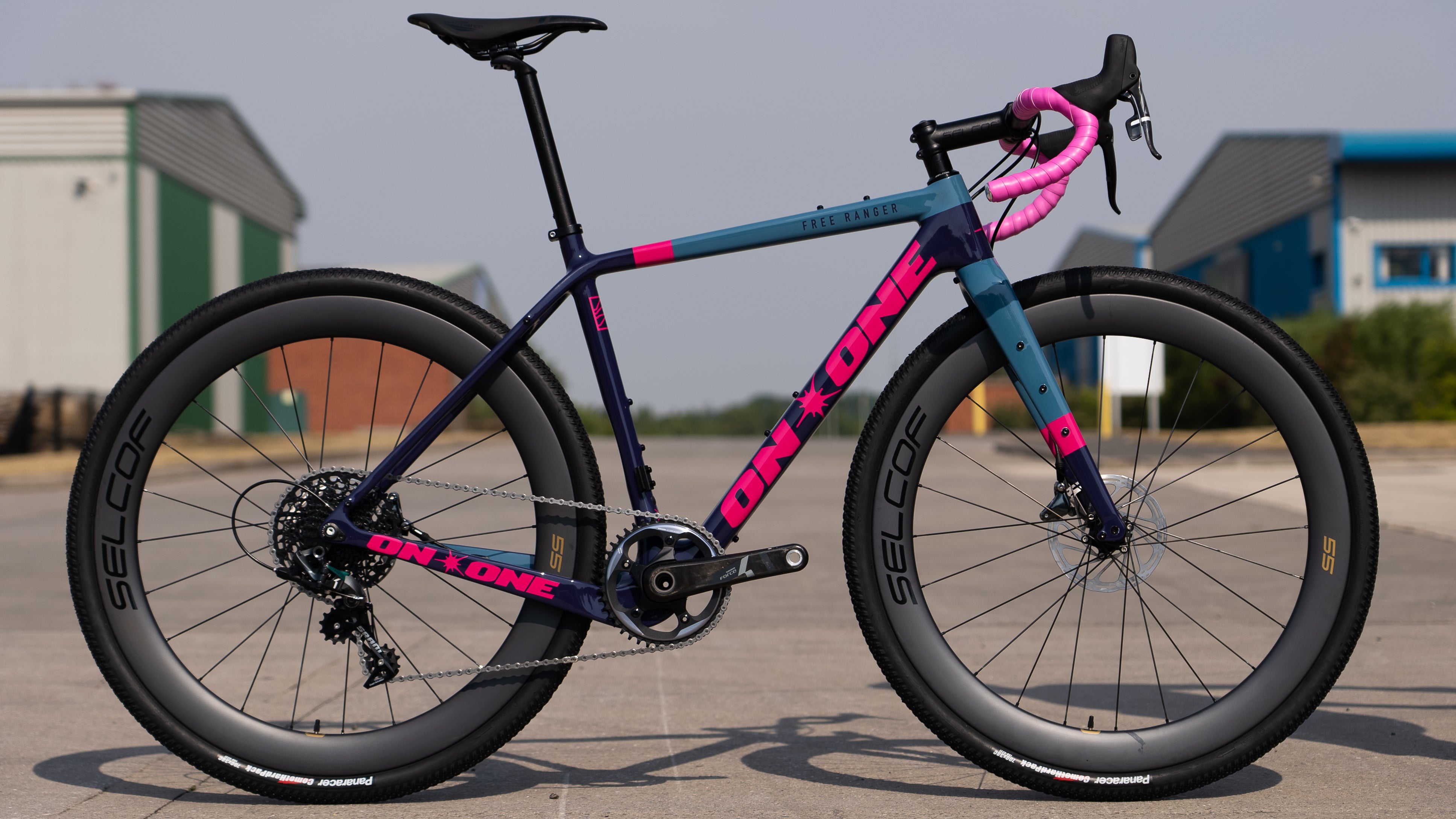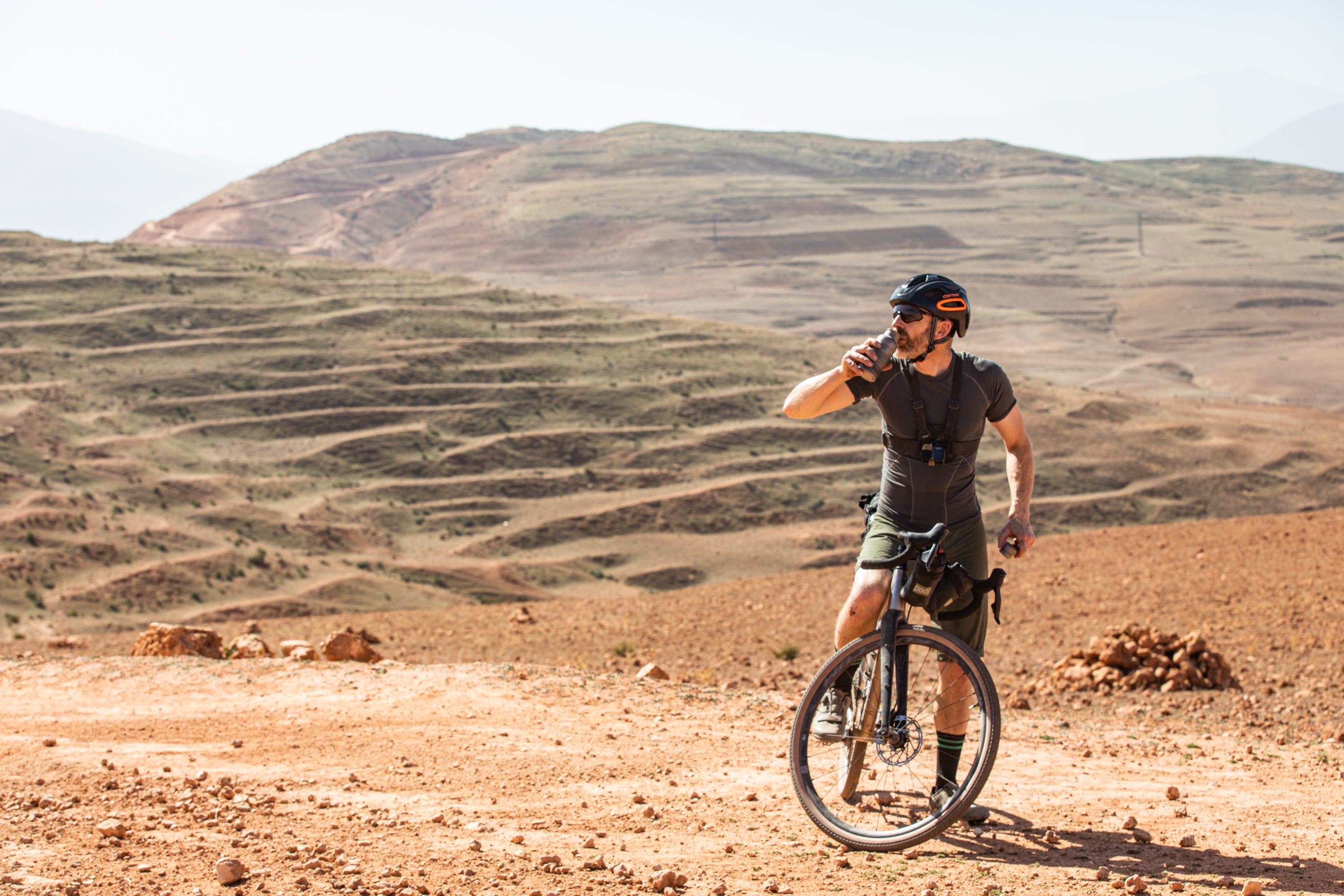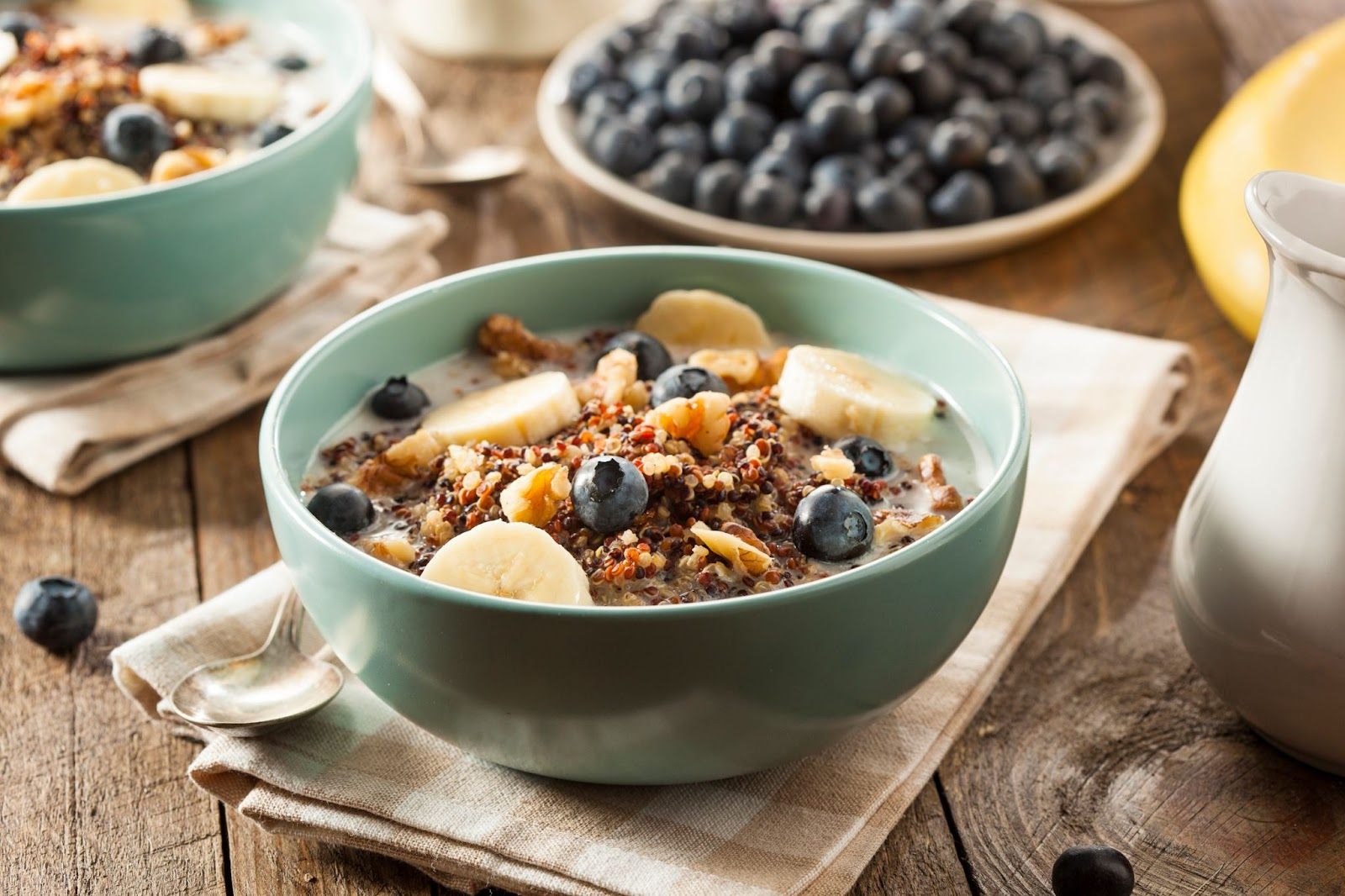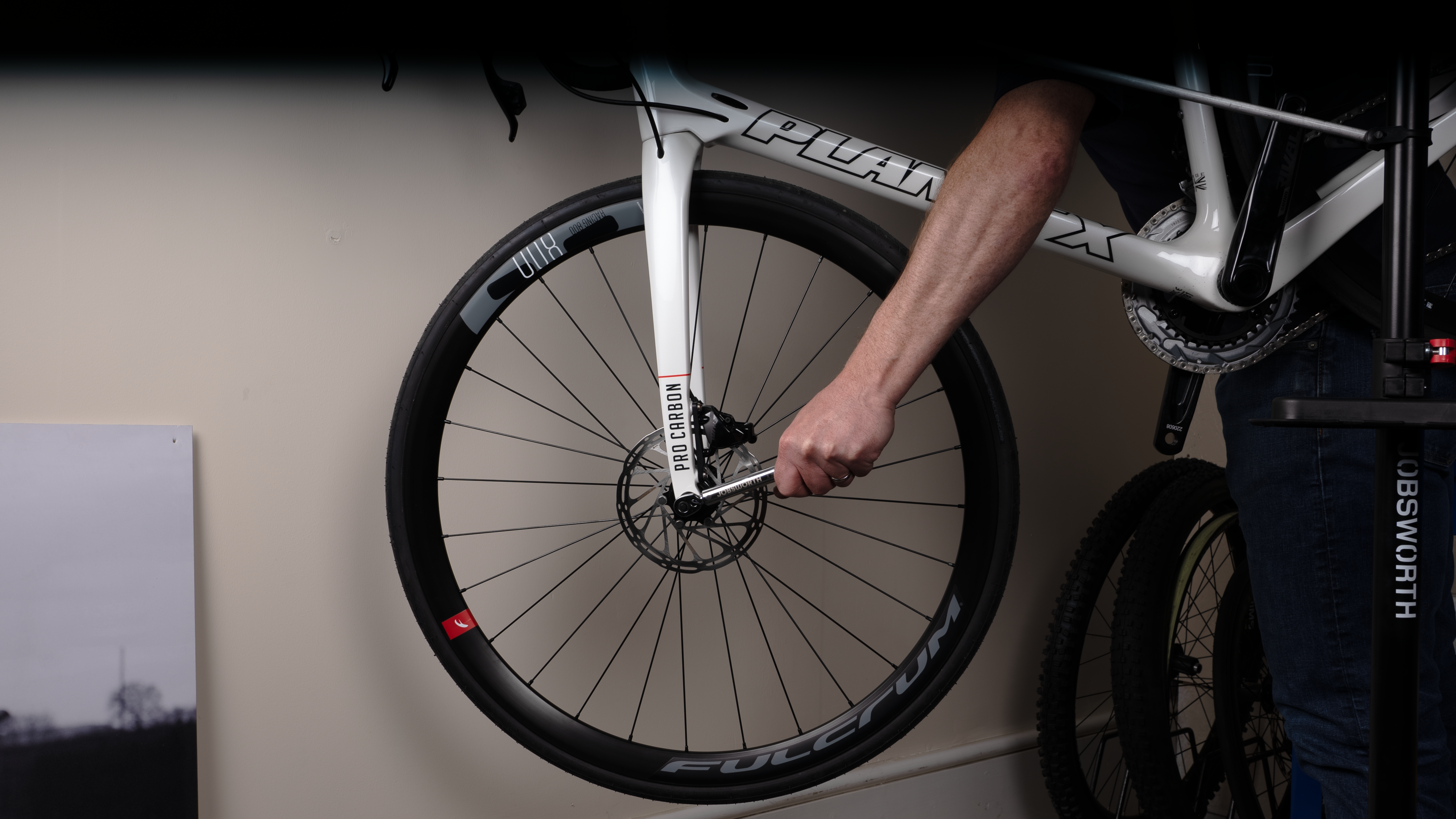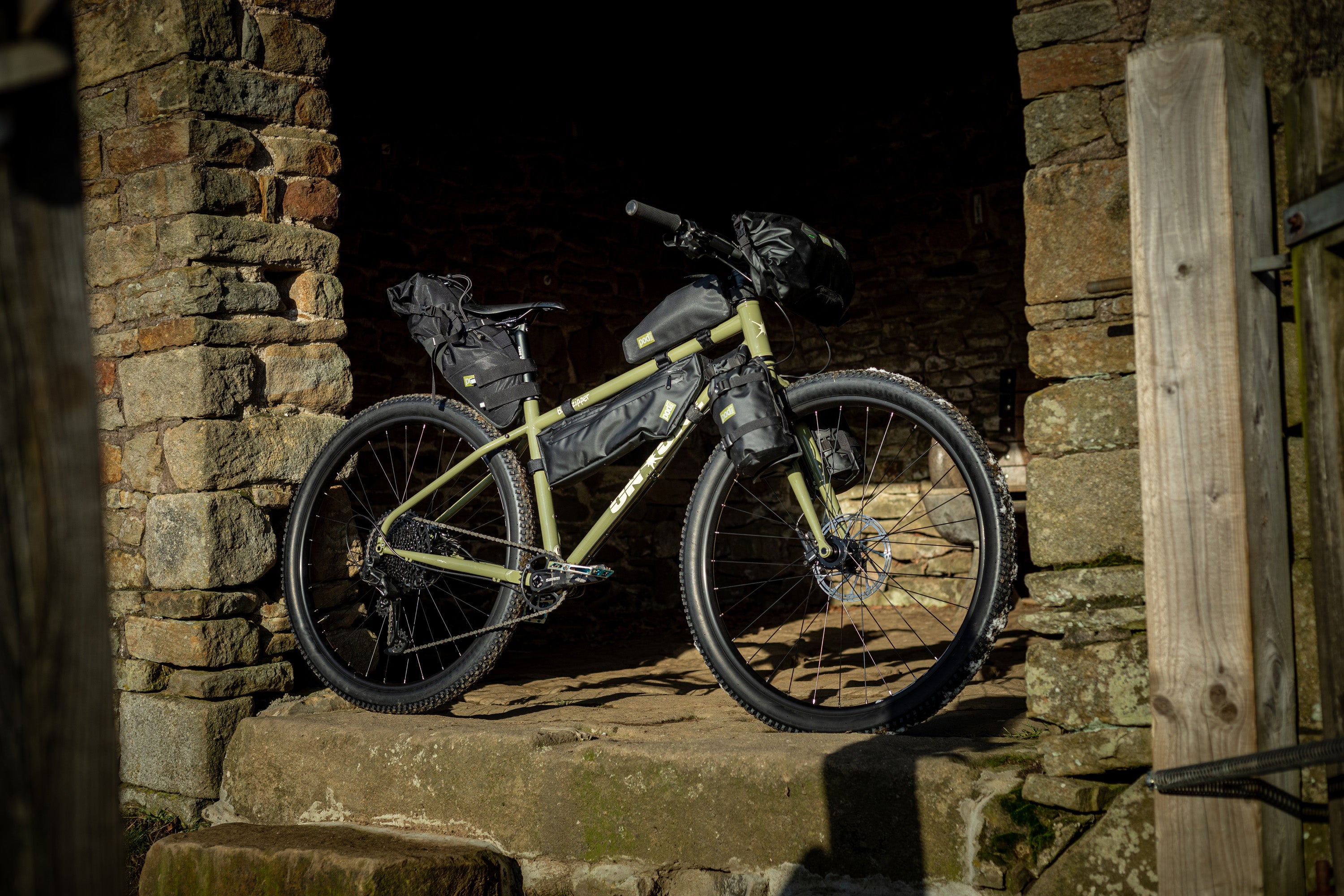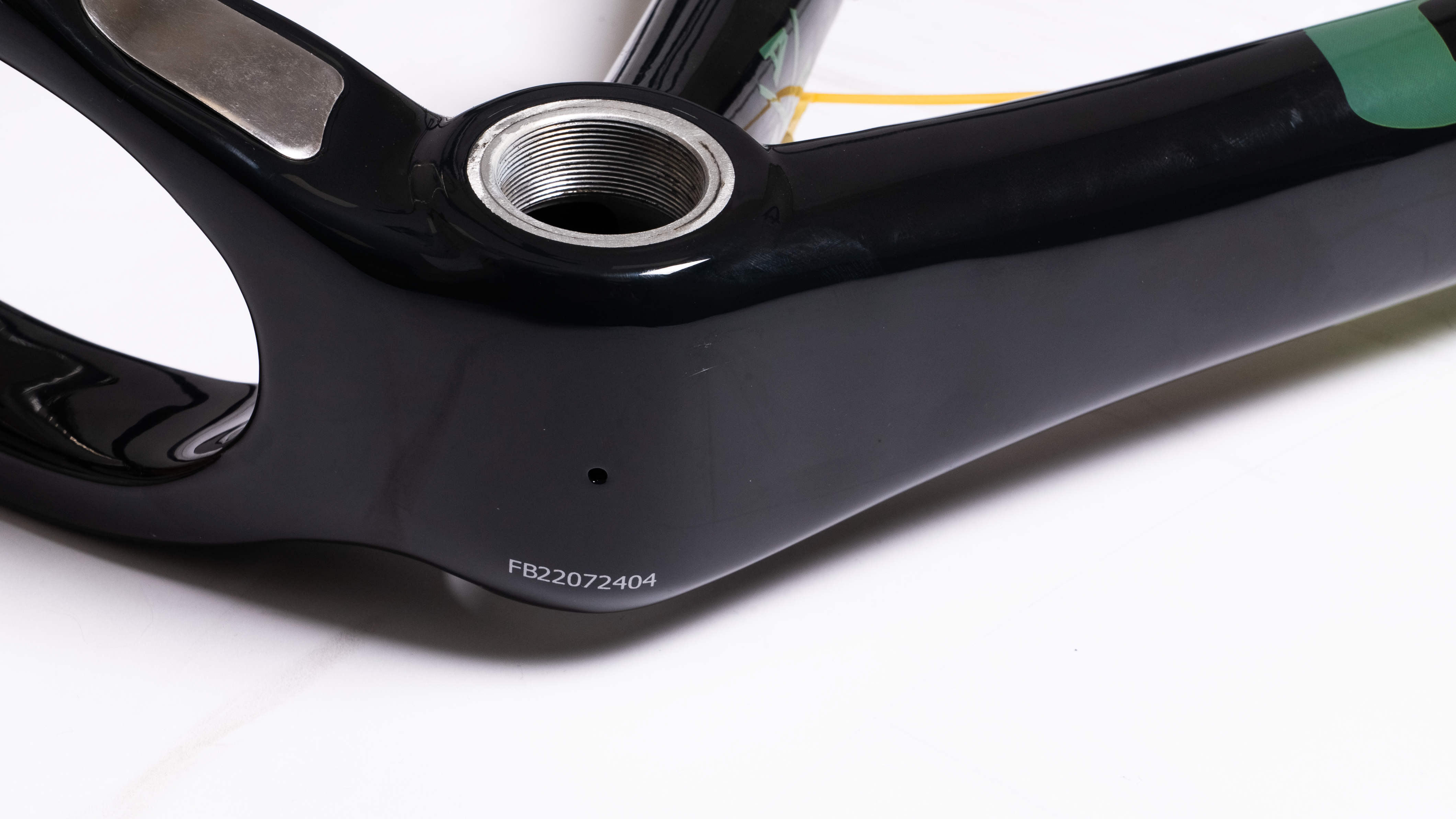Are cycling shoes worth it?
9 March 2023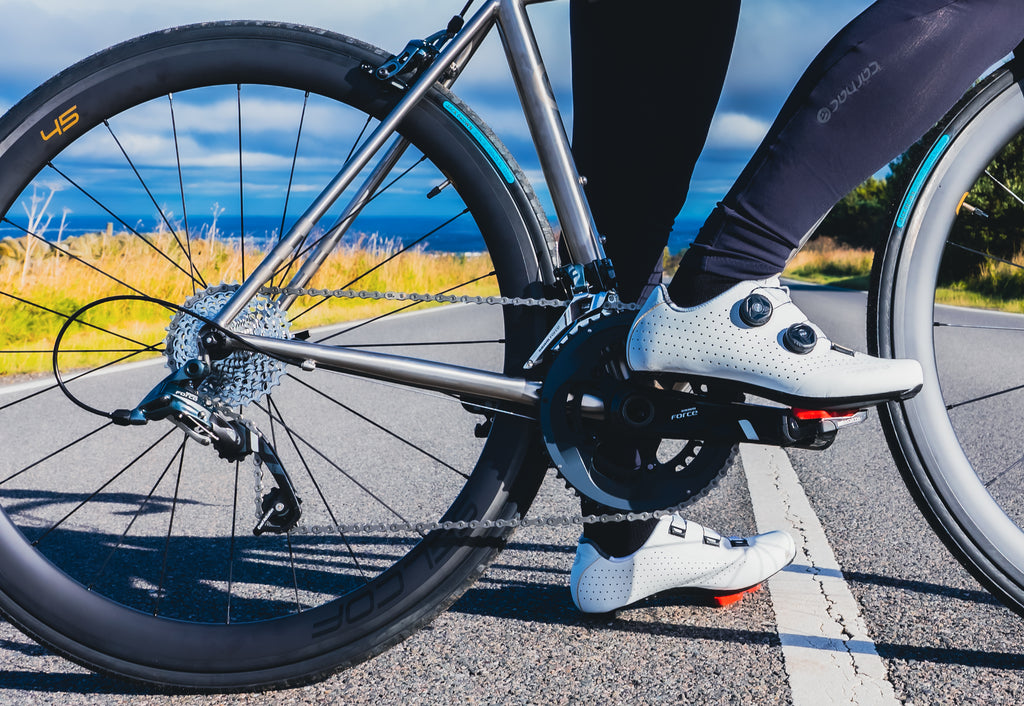

Especially if you’re new to cycling, you might be considering whether you should invest in a pair of cycling shoes - but are they worth it? In this article, we take a closer look at this type of footwear to help you decide if you need to invest in a pair of your own, and what you should keep an eye out for in terms of fit.
Are all cycling shoes the same?
Many cycling shoes are designed to use ‘clipless’ or ‘clip-in’ technology. This means that each shoe has a cleat on the bottom of the sole which clips into the pedals of your bike. As a result, you are able to experience a more fluid motion as you ride, pulling the pedals up as well as pushing down. In turn, you are able to enjoy better efficiency and, most importantly of all, increased speed.
Cycling shoes are designed to be paired with compatible pedals which hold your feet securely in place while you ride. The majority of cycling shoes either have two or three-hole cleats (sometimes referred to as SPD cleats), but the shoe itself can differ in design depending on the type of cycling you’re using it for.
For example, road bike shoes typically have a three-bolt cleat design with a stiff sole for maximum pedalling efficiency. The cleats on road bike shoes tend to be larger so that the rider can benefit from enhanced power transfer as a result of a larger pedalling platform compared to shoes with two-bolt cleats, as well as a more secure connection to the pedal. It’s also worth noting that road bike shoes with three-bolt cleats can be more difficult to walk in when off the bike compared to shoes with two-bolt cleats.
Meanwhile, mountain bike shoes usually have a gripped sole to provide extra traction when walking off the bike. There are typically two different styles of mountain bike shoes - those with two-bolt cleats in the sole that clip into clipless pedals, and those with a rubber sole that work with flat pedals. Aside from being suitable for use with mountain bikes, two-bolt cleat shoes are also suited for gravel riding.
Generally speaking, cycling shoes with a two-bolt cleat design are easier to clip in and out of the pedal, meaning they are a better choice of footwear for beginner riders.
For those who wish to ride a bike more recreationally, or riders who use a bike for their commute to and from work, casual style bike shoes may be more suitable. This style of shoe offers some of the same features of typical cycling shoes, including a stiff sole and cleats which attach to the pedals, but they often resemble regular trainers, meaning they may feel more comfortable to wear. Casual bike shoes that can be used in conjunction with clipless pedals usually have recessed cleats, meaning they are much easier to walk in too.
How should cycling shoes fit?
Cycling shoes are designed for just that - cycling. With this in mind, it’s important to realise that the way your cycling shoes fit may feel different to other footwear you use for other forms of exercise.
For example, while running shoes should feel snug but with plenty of wiggle room around your toes, this isn’t true for cycling shoes, as your foot does not need to roll forward as you pedal. Ideally, your cycling shoes should offer about 1.5cm of toe room. Although there’s no need to have a lot of room for your toes, it’s important to make sure that they don’t push against the front of the shoe while you’re riding.
A decent pair of cycling shoes should also have stiff soles so that you are able to apply more force to the pedal for greater efficiency, and they should feel snug around your foot without being so tight that they pinch. You should make sure that your heel is tightly in place so that it doesn’t shift or lift out of the shoe as you ride. Your arches should be well supported too, and your feet should be able to remain in a stationary position without having any room to move from side to side.
Generally speaking, cycling shoes run small for the majority of riders. If you are between sizes, it’s probably best to size up rather than size down.
Are cycling shoes waterproof?
Typically, cycling shoes are not fully waterproof. You may be able to find a cycling shoe that offers some water resistance, such as winter cycling shoes, but generally speaking, this type of footwear does not offer full waterproof protection in wet conditions.
It’s important to make sure your feet and ankles remain warm and dry, especially when you’re riding in cold, rainy weather. The good news is, overshoes can provide protection when the weather takes a turn for the worse. Designed to fit over the top of your cycling shoes, overshoes are often made from insulating materials, like neoprene foam. Overshoes are close-fitting, leaving the cleats and pedalling suraces free while covering the rest of your foot, meaning your feet will be fully protected at all times.
Using overshoes means that you are able to wear your cycling shoes all year round. Overshoes can also protect your cycling shoes, meaning that they’ll last longer before you need to invest in a new pair.
